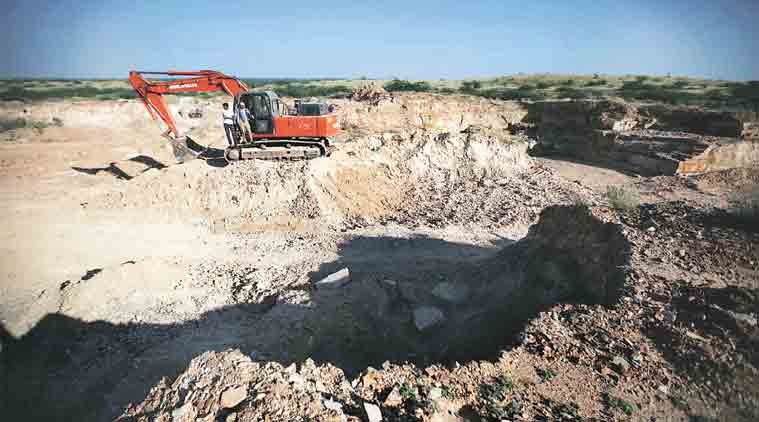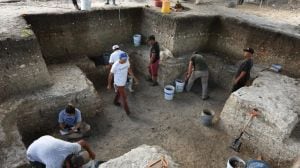Mining affected districts: Eleven state govts collect Rs 3,214 cr for local benefit sharing
Odisha has collected Rs 1,292 crore, making it the number one state as far as DMF funds collection is concerned.
 Chattisgarh and Jharkhand have collected Rs 652 crore and Rs 507 crore for their DMFs, respectively.
Chattisgarh and Jharkhand have collected Rs 652 crore and Rs 507 crore for their DMFs, respectively.
Eleven state governments have collected Rs 3,214 crore for their District Mineral Foundations (DMFs) — the district-level bodies which were recently established under the new mining law to benefit the local population affected by mining operations.
Odisha has collected Rs 1,292 crore, making it the number one state as far as DMF funds collection is concerned. Chattisgarh and Jharkhand have collected Rs 652 crore and Rs 507 crore for their DMFs, respectively. On the other hand, Tamil Nadu is yet to establish the DMFs or collect its funds. According to the central government, 234 districts of 11 mineral rich states have established DMFs.
The Mines and Minerals (Development & Regulation) Amendment Act, 2015, known as MMDRA Act, 2015, which was passed by Parliament in March last year, mandated the establishment of DMFs in all districts affected by mining related operations.
In India, most districts affected by mining operations are extremely poor, not having even basic amenities like clean water, schools or hospitals.
According to the new mining law, any mining licence or composite licence (prospecting licence-cum-mining licence) can be granted by state governments through auction route only.
Such a licence-owner company has to pay the DMF — established in the district where it is mining — an amount equivalent to 10 per cent of the royalty. All mining licences were granted on discretionary basis by state governments under the old law. Such licence-owner companies have to pay the DMF an amount equivalent to 30 per cent of the royalty.
High priority areas like drinking water supply, health care, sanitation, education, skill development, women and child care, welfare of aged and disabled people, skill development and environment conservation will get at least 60 per cent share of the funds.
For creating a “supportive and conducive” living environment, the mining rules state that remaining funds will be spent on making roads, bridges, railways, waterways projects, irrigation and alternative energy sources.
Apart from payments to the DMF, the companies have to pay an amount equivalent to 2 per cent of royalty to the National Mineral Exploration Trust (NMET) too. The NMET’s funds will be used for regional and detailed exploration as prescribed by the central government.
However, there is still some confusion regarding the date from which the DMF contribution has to be calculated. The central government is insisting that the DMF contribution has to be calculated from the day the new mining law came into force through the ordinance — January 12, 2015. The law was finally passed by Parliament two months later.
The companies, however, are insisting that the calculation of DMFs should be done from the day when Union mines ministry brought out the rules for it — September 17, 2015. In order to save the DMF contribution for the nine month period — January 12, 2015 to September 17, 2015 — different companies have filed around 60 cases in seven high courts challenging the retrospective calculation for DMF contribution.
The mines ministry then filed the transfer petition in Supreme Court in April this year, urging it to transfer all the cases in order to resolve them quickly. According to the ministry, the Supreme Court stayed the proceedings of various cases in seven high courts. The matter is currently being heard in Supreme Court itself.






- 01
- 02
- 03
- 04
- 05

























